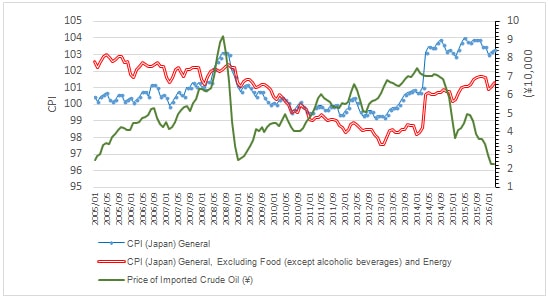Does Japan’s Democracy Have Room for Women and Children?
A wave of political activism has animated East Asian politics: Taiwan’s Sunflower Student Movement in 2014, South Korean 2015 street protests against President Park’s new labour law, and protests in Japan in 2015 against Prime Minister Abe’s security bills. Youth activism was common to all these movements. Facing challenges in a stagnating economy, the younger generations have developed a deeper political awareness from a sense of marginalisation from political decision-making processes.




